Barrio Seochon (서촌마을)
1.1Km 2024-04-18
Pirun-daero 45, Jongno-gu, Seúl.
Groundseesaw Seochon (그라운드시소 서촌)
1.1Km 2024-04-19
Jahamun-ro 6-gil 18-8, Jongno-gu, Seúl
Sarangchae de Cheong Wa Dae (청와대사랑채)
1.1Km 2025-08-20
Hyoja-ro 13-gil 45, Jongno-gu, Seúl
Sarangchae de Cheong Wa Dae es un espacio donde los visitantes pueden aprender sobre cultura coreana y la historia de los presidentes de Corea. Los visitantes pueden también conocer algunas anécdotas e historias relacionadas con Cheong Wa Dae y sentir el encanto de hacer turismo en Corea.
Granhand Seochon (그랑핸드 서촌)
1.1Km 2024-01-30
Jahamun-ro 4-gil 14-2, Jongno-gu, Seúl
Parque Sejongno (세종로공원)
1.1Km 2024-09-10
Sejong-daero 189 (subsuelo), Jongno-gu, Seúl
El Parque Sejongno está localizado cerca del Centro Cultural Sejong de Seúl. Dentro del parque hay bancos de madera y zonas con sombra para que la gente pueda sentarse y relajarse. También hay fuentes de agua, un escenario exterior y varias esculturas. Entre semana, el parque se llena de oficinistas que lo visitan a la hora de la comida, y durante los fines de semana incluso se realizan bodas al aire libre.
LoL Park (롤파크)
1.1Km 2024-04-23
Jongno-ro 33, Jongno-gu, Seúl
Parque Tapgol (탑골공원)
1.1Km 2021-12-30
Jong-ro 99, Jongno-gu, Seúl
+82-2-731-0534
También conocido como Parque Pagoda, el Parque Tapgol, localizado al lado del templo Weongaksa de la era Joseon, es el primer parque moderno construido en Seúl. El remplo Weongaksa era conocido como templo Heungboksa durante la dinastía Goryeo, pero fue renombrado cuando fue ampliado durante los inicios de la era Joseon. Sin embargo, fue destruido durante el reinado de Yeonsangun y Jungjong debido a la fuerte política de represión hacia el budismo. Más adelante, un parque occidental fue contruido a propuesta del inglés John Mcleavy Brown, pero no hay información precisa sobre la razón y la fecha. El parque contiene varios tesoros nacionales, incluidas la placa que conmemora el movimiento independentista Wongaksaji y la estatua de Byeong-hee. El parque es de gran valor histórico y un espíritu nacional al ser el punto de inicio de la Protesta de Independencia del 1° de mayo de 1919.
K-Food Festival Knock Knock (K-푸드 페스티벌 넉넉)
1.1Km 2025-06-20
Sejong-daero Jiha 189, Jongno-gu, Seúl
02-2088-4960
Plaza Gwanghwamun (광화문광장)
1.1Km 2022-07-25
Sejong-daero 172, Jongno-gu, Seúl.
+82-2-120
Inaugurada el 1º de agosto del 2009, la plaza ha sido remodelada como un espacio turístico y recreativo en los alrededores de la Sejong-daero, que se sitúa en el centro de Seúl. El área tiene una historia que data de 600 años.
Durante un largo tiempo, esta calle fue exclusiva para los vehículos, pero con esta última remodelación, ofrece un ambiente especial para las personas. Desde esta plaza se podrá observar el magnífico paisaje del palacio Gyeongbokgung, el monte Bukhansan, etc., y también se ha restaurado la antigua calle Yukjo, para transmitir un ambiente histórico y cultural a los ciudadanos y turistas que la visitan.
La plaza tiene una longitud de 550 m y una anchura de 34 m, se encuentra localizada en el corazón de Seúl. Está clasificada en varios rubros históricos y culturales para el entretenimiento de los visitantes: está el sector de restauración del paisaje de la calle Yukjo, el sector que representa la historia del antiguo Gwanghwamun, el sector cultural para la participación de los ciudadanos, el sector que conecta con el arroyo Cheonggyecheon, etc. Entre las esculturas y establecimientos artísticos famosos están: la estatua del Haetae (criatura mítica coreana), representación del paisaje histórico de la calle Yukjo, la estatua del Gran Rey Sejong, pantallas acuáticas que reflejan los imágenes de la escritura coreana “Hangeul”, etc., entre otras instalaciones tecnológicas y culturales.
Las dos estatuas de grandes dimensiones que representan esta plaza son la del almirante Yi Sun-sin y el Gran Rey Sejong. En los alrededores también se han instalado un estanque y una fuente de agua. La zona que conecta con el arroyo Cheonggyecheon permite el acceso cómodo al palacio Gyeongbokgung y al arroyo. Las aguas subterráneas que brotan de las estaciones de metro de Gyeongbokgung y Gwanghwamun son emitidas hacia el arroyo Cheonggyecheon por medio de un acueducto, y, como la estación de metro está conectada con la parte posterior de la estatua del almirante Yi Sun-sin, los visitantes pueden llegar a la plaza con facilidad. Normalmente, las calles de la plaza son utilizadas para la circulación de los vehículos, pero en caso de festivos nacionales, se restringe el tráfico para disponerlo como área de festivales.
Rito Real Ancestral Daeje de Jongmyo (종묘대제)
1.1Km 2025-04-10
Jong-ro 157, Jongno-gu, Seúl
1522-2295
Siendo uno de los primeros en ser registrado en la lista de Patrimonio Cultural Intangible de la Unesco, el Rito Real Ancestral "Jongmyo Jerye" es un Patrimonio Cultural Intangible de Importancia y la Música Ritual Real Ancestral “Jongmyo Jeryeak” es un Patrimonio Cultural Intangible de Importancia de Corea. La combinación de estos valiosos patrimonios es el Daeje de Jongmyo, que se celebra el primer domingo del mes de mayo de cada año. Este evento de gran dimensión y escala. Un total de 1.200 personas intervienen en este gran acontecimiento. El evento más importante es el desfile de la realeza del período Joseon, que parte desde el palacio Gyeongbokgung, pasa por las calles Sejong-ro, Jongno 1(il)-ga, 2(i)-ga, y 3(sam)-ga, hasta llegar al Santuario de la Realeza Jongmyo.
El Rito Ancestral consiste en rendir homenaje a los antepasados del reino, de los reyes y reinas del período Joseon, en la antigüedad se celebraba 5 veces al año, en primavera, otoño, invierno, verano, y en diciembre, pero fue suspendida por la invasión japonesa. Luego se ha restablecido desde el año 1969, teniendo lugar hasta la actualidad, el primer domingo de mayo de cada año.
El Santuario Jongmyo, fue el lugar en donde se celebraba el rito ancestral durante la época Joseon, en un principio era el nombre que se le añadía al lugar en donde se conservaban las tablas ancestrales de los reyes y reinas, pero actualmente descansan en él los príncipes que han muerto antes de llegar al trono, sus reinas correspondientes, y también de otros patriotas que han contribuido en el desarrollo de la nación. El desfile, acontecimiento principal del evento, consiste en el recorrido del Rey y el Príncipe en el carro a caballo, y los supuestos funcionarios hacia el Santuario Jongmyo. La representación está compuesta por toda la marcha completa, por el equipo de seguridad, funcionarios civiles y también los militares. El servicio religioso comprende de tres principales pasos, basados en la doctrina confuciana, el primer paso es el “Recibimiento de Dios”, el segundo paso “Recreación de Dios”, y por último, la “Despedida de Dios”, y, la celebración de estos pasos está acompañado por la Música Ritual Real Ancestral “Jongmyo Jeryeak”, que se llevará a cabo con cantos e interpretaciones musicales de los instrumentos tradicionales. También estará representado por la danza tradicional “Palilmu” que consiste en un baile grupal formado por 64 bailarines.
La Música Ritual Real Ancestral siendo una creación del Rey Sejong, fue designado Patrimonio Cultural Intangible durante el reinado del Rey Sejo, y es la denominación general que se le otorga a todo el conjunto de cantos y bailes que se ejercen durante la celebración del ritual. Entre los principales cantos y bailes que se presentan en este ritual se destacan: el canto “Jongmyoakjang”, cuyas letras se basan en los elogios por los logros civiles y por las hazañas militares de los reyes de Joseon, y entre los bailes están “Botaepyeongjimu”, “Jeongdaeeopjimu”, etc.
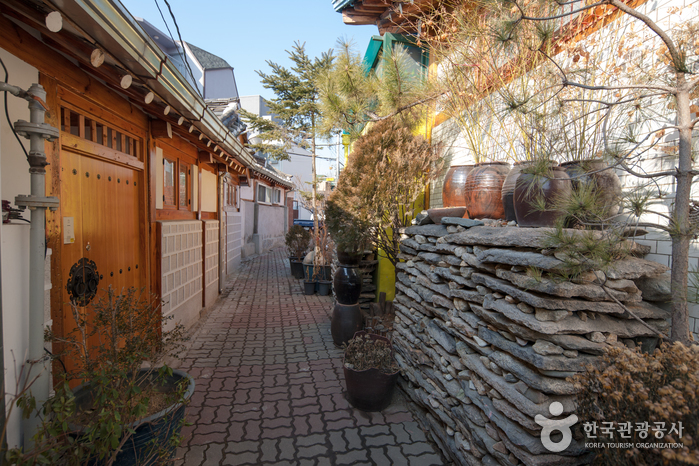


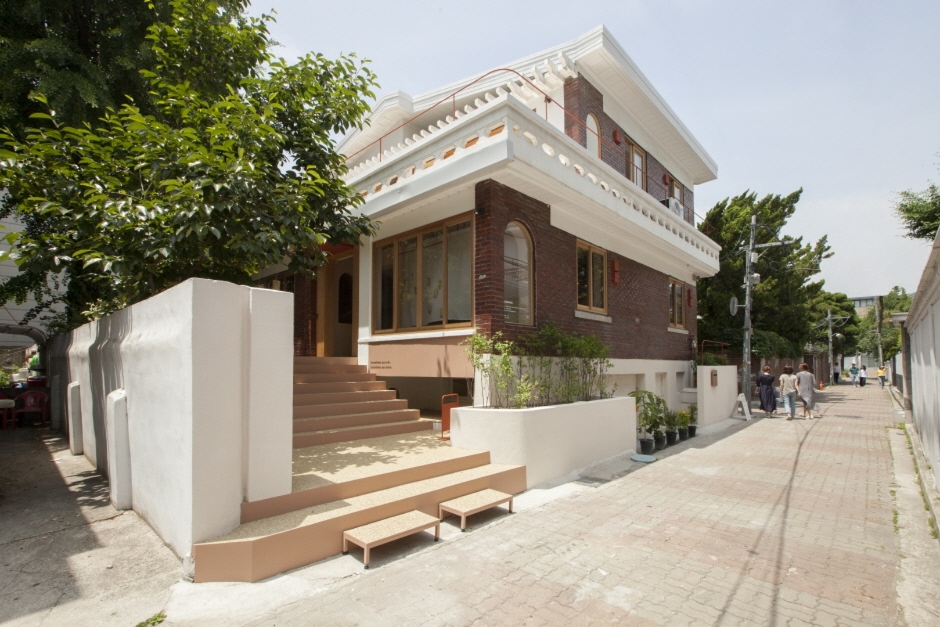
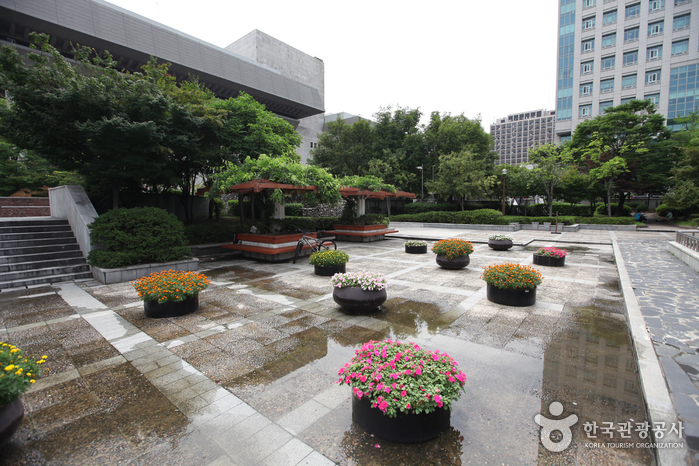
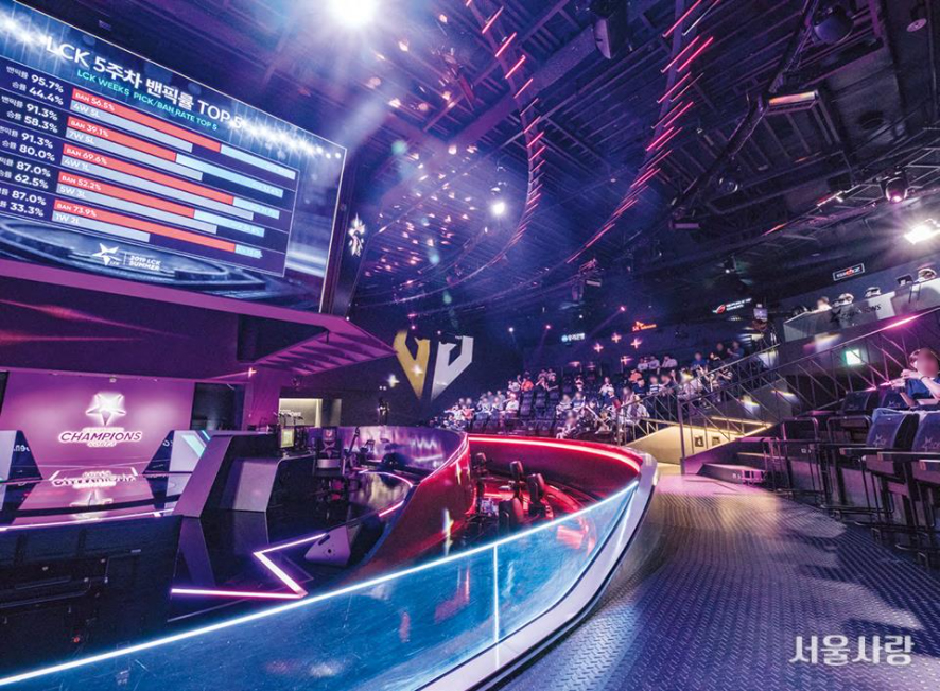
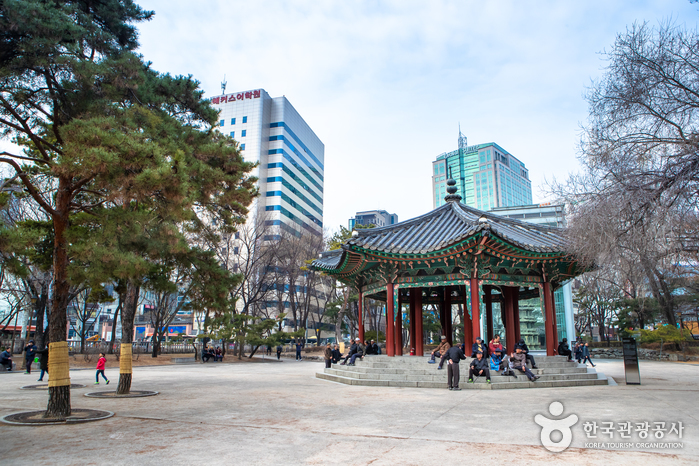
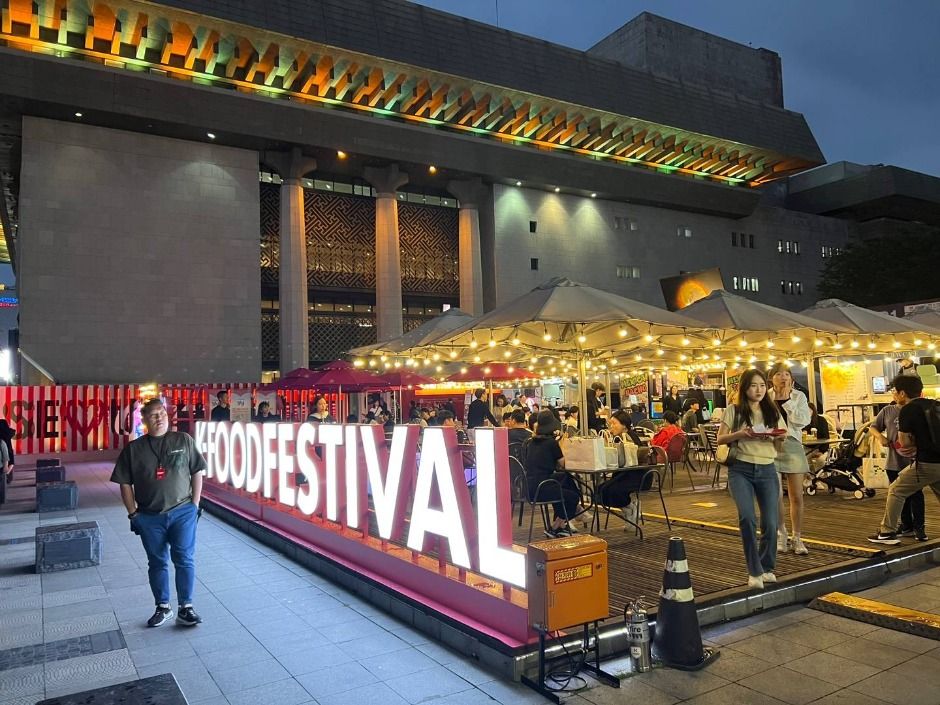
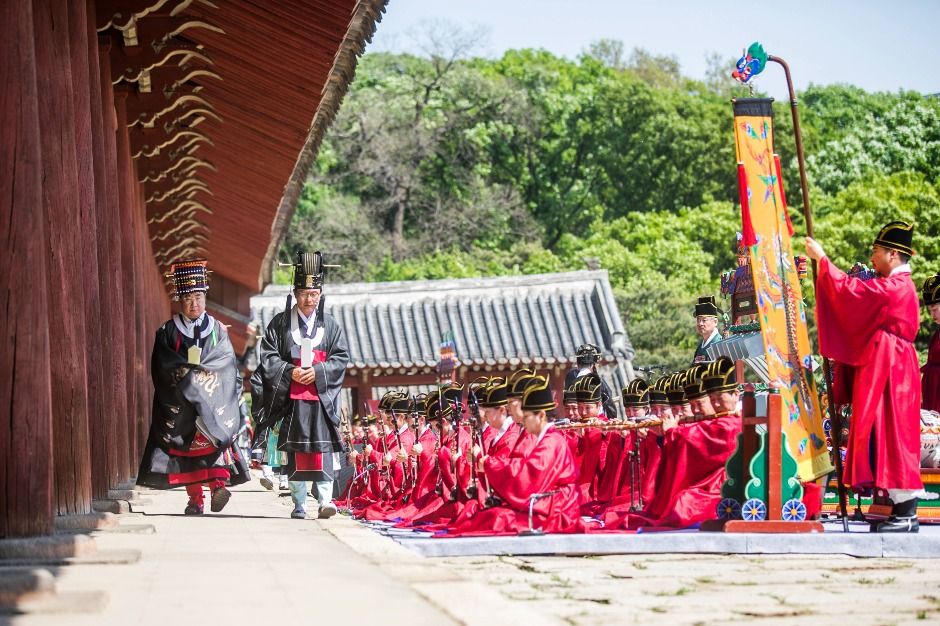
 Español
Español
 한국어
한국어 English
English 日本語
日本語 中文(简体)
中文(简体) Deutsch
Deutsch Français
Français Русский
Русский